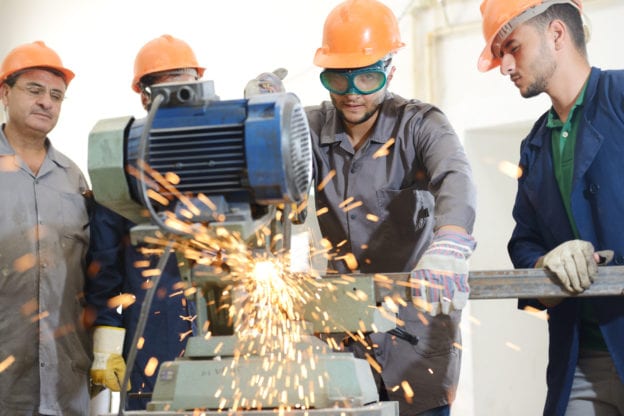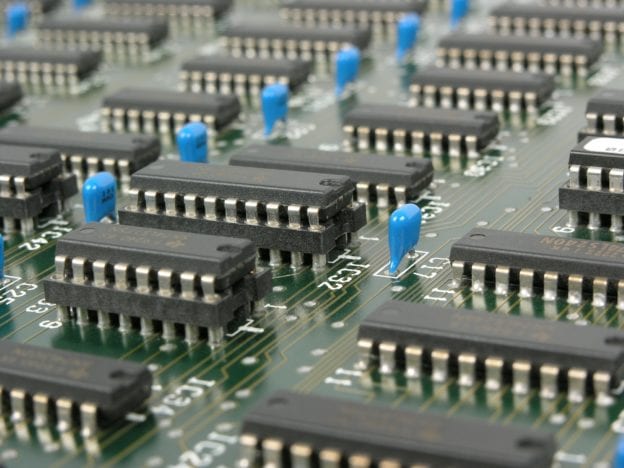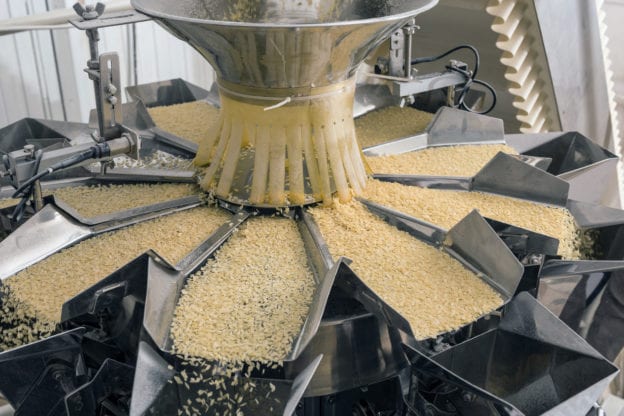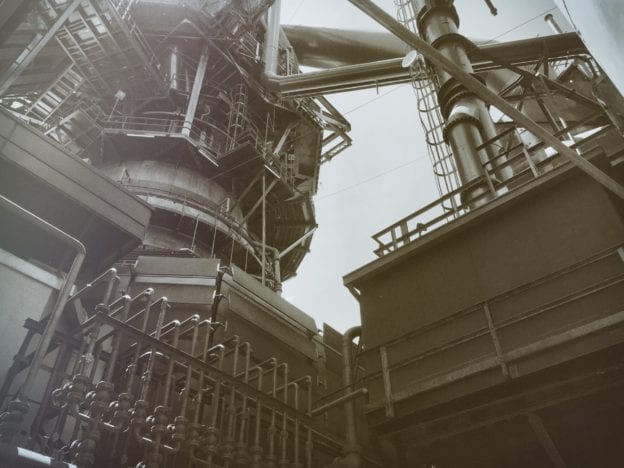The smart manufacturing (Industry 4.0) uses information technology and the best operating technologies to enhance global manufacturing. It aims at giving manufacturing companies quicker production and improved worker safety to bring more competition in market place. To remain economically viable, manufacturers must accelerate their manufacturing cycles. Smart manufacturing gives intelligent manufacturing solutions by focusing on cost reduction and efficiency. Let me walk you through the 6 trends in smart manufacturing industry; 1. Big data and cloud computing Through cloud computing, manufacturers are able to transfer data from one point to
Author Archives: Industrial Intelligence

6 Trends in Smart Manufacturing (Industry 4.0)

9 Ways Car Manufacturing Plants Can Improve Production with IoT
With intelligent manufacturing solutions that get better every day, car manufacturing industries will soon be able to produce approximately 5000 cars per month. Impossible! Don’t you think? Well, it’s far from impossible because Internet of Things (IoT) is changing the way things are performed in the automobile industry. This is much better than Toyota’s lean principles of manufacturing that aimed at reducing waste. Intelligent manufacturing solutions improve and magnify lean principles to greater heights. New technologies like big data analytics and intelligent automation are connected in the cloud so that everything

What is industry 4.0?
Industry 4.0, also known as the Fourth Industrial Revolution, will revolutionize manufacturing and the production industry by integrating Internet of Things (IoT), data integration, cloud computing, and other technological advances into the heart of the production and manufacturing systems. There are many elements that go into Industry 4.0. Here we break them down to key concepts explaining what it is, where it came from, and what it means for the manufacturing sector. Industry 4.0 is the next revolution in industrialization. The goal is to take all individual processes in computing, which factory

6 Industrial IoT Predictions for 2017
Over the years there have been a number of rollouts and changes with the advancement of Industrial IoT (IIoT). Now that we are into 2017, several predictions can be formed about where things are headed. The predictions cover a range of topics which include: the rise of the interoperability; the business challenges stemming from the IT/OT convergence; the programmability at an edge; the wireless networking standards for Smart Cities; the enhanced cyber security rollouts; and the IoT talent recruitment opportunities. Here are 6 Industrial IoT Predictions for 2017: 1. Strongest of

5 IoT Security Best Practices
Internet and computer security has become an everyday thing. And when it relates to business it gets real serious. IoT security should also be taken seriously. Most IoT that is setup correct doesn’t typically pose any sort of security risk. Especially when a proper company sets up something for the industrial internet of things. But just to be safe here are 5 best practices for 5 IoT security. Keep Passwords Strong One of the easiest ways to hack into something is to guess an easy password. In fact some hacking

5 Ways Food Manufacturing Plants Can Improve Food Safety with IoT
One of the top priorities of food manufacturing is safety. Not only safety of the plant and employers but even more so the safety of the products produced. One one wants their plant to be the subject of the next news show and how it harmed hundreds or thousands of people. This is where IoT comes in. With IoT there are a vast array of ways a food manufacturing plant can improve food safety. Automated temperature monitoring With wireless connected thermostats and temperature gauges you can not only monitor the

5 Quick Questions to Assess the Effectiveness of Your Manufacturing Plant
Effectiveness and efficiency are one of the most important aspects to review for any type of manufacturing plant. Lower effectiveness can mean not only lost in profit but also be a rise to a number of safety issues. So here are 5 quick questions to assess the effectiveness of your manufacturing plant. How orderly is your plan? Orderliness is one of the best way to assess the efficiency of your manufacturing plant. Without orderliness production time can be lost as there can be such a mess that workers can’t find

4 Reasons Every Manufacture Should Use IoT
Internet of Things as a communications revolution consisting of “billions of devices – sensors, thermostats, lighting, appliances, security systems, health devices, cars and much more” – all connected wirelessly. It is this and much more. The “Internet of Things” is a vastly expanded web of wireless electronic devices that is set to transform the way we live. But it’s benefits are not only for individual use. The Internet of Things has a vary wide range of benefits to the business and specifically manufacturing industry. Here are 4 reason every manufacture

5 Ways IoT Has Sped Up Production at Manufacturing Plants
IoT is a blessing for this generation. Much has been achieved since it first became a phenomenon. Even though this concept became widely accepted in the 21st century, it had been intimated since 1985. IoT is short for ‘the Internet of Things,’ a system of physical devices consisting of sensors and software connected to engender better performance by receiving and providing feedback to other connected devices. It proffers intelligent solutions to everyday challenges. Since the advent of IoT, it is no coincidence that many modern technologies are being referred to as ‘smart’ : smart phones,

6 Ways IoT is Energizing Power Plants
The Internet of Things (IoT) is the web of smart devices, vehicles, buildings, and other items implanted with electronics, software, sensors, and network connectivity that enable these devices to gather and share information. As the world grapples with renewable energy, it’s good to note that IoT can benefit power plants. Here’s a look at six ways IoT is energizing power plants. 1. Increased Efficiency IoT has made power plants fully automated and this has led to a new development: smart grids. A grid includes wires, substations, transformers, and switches among other things


